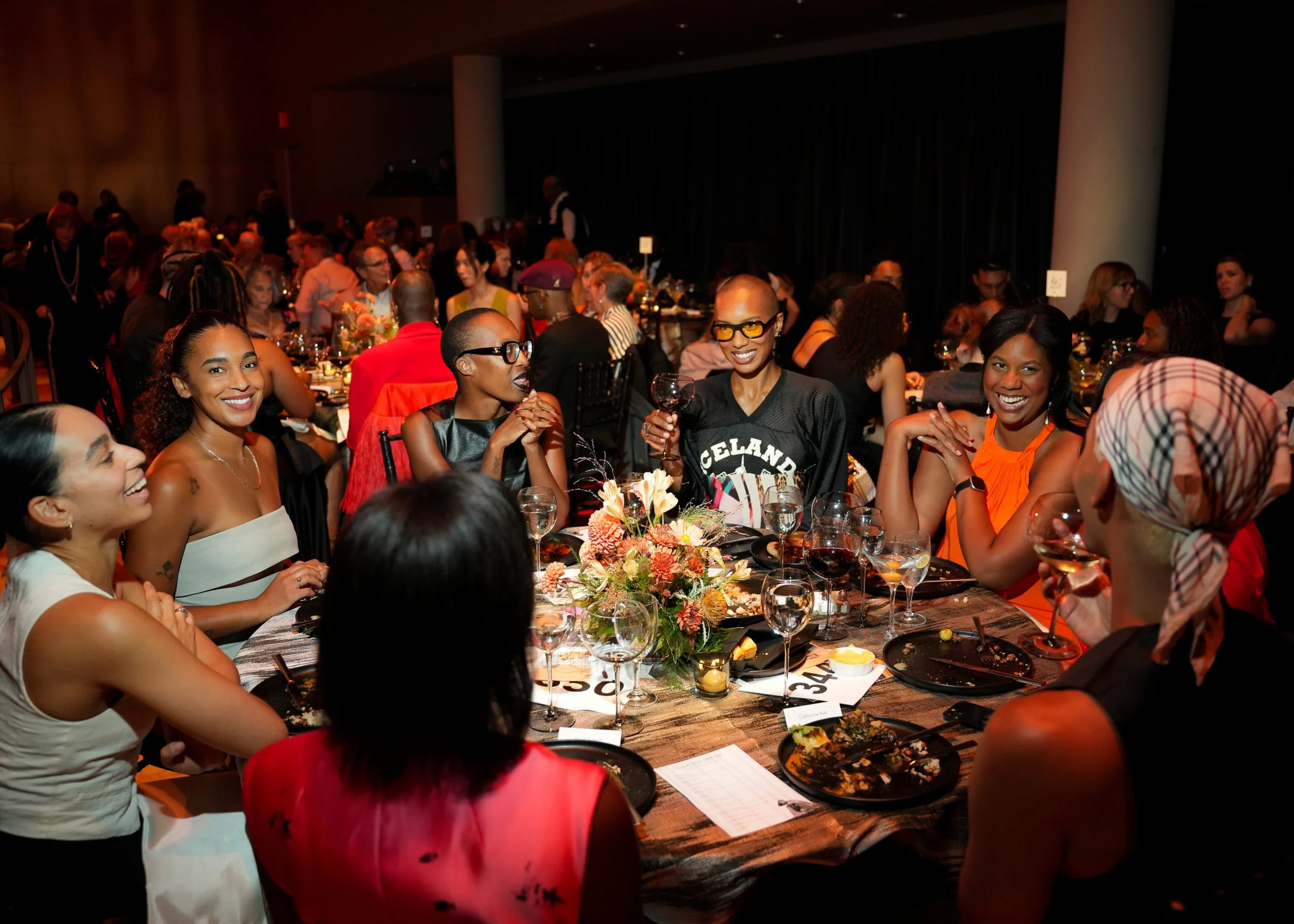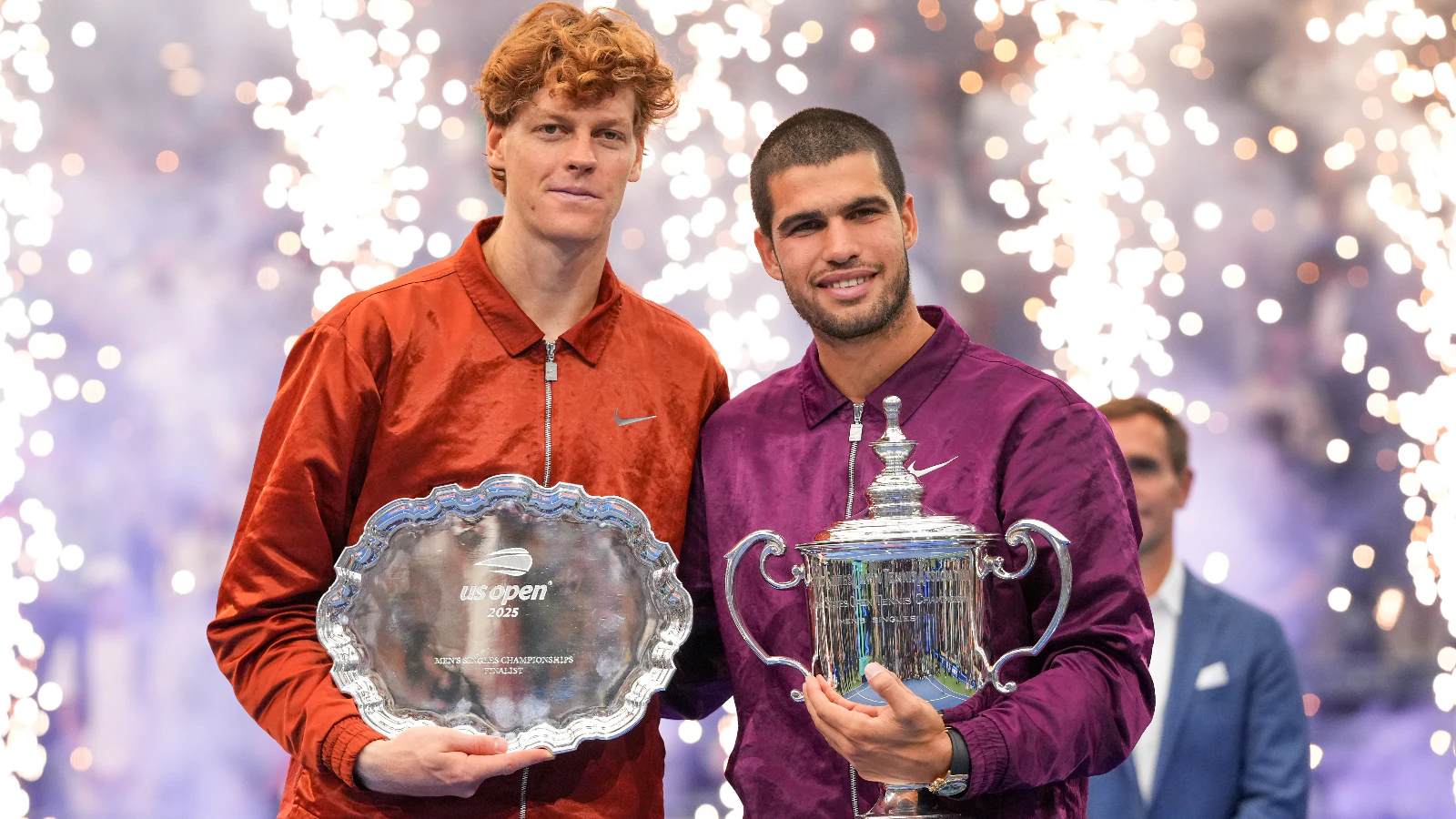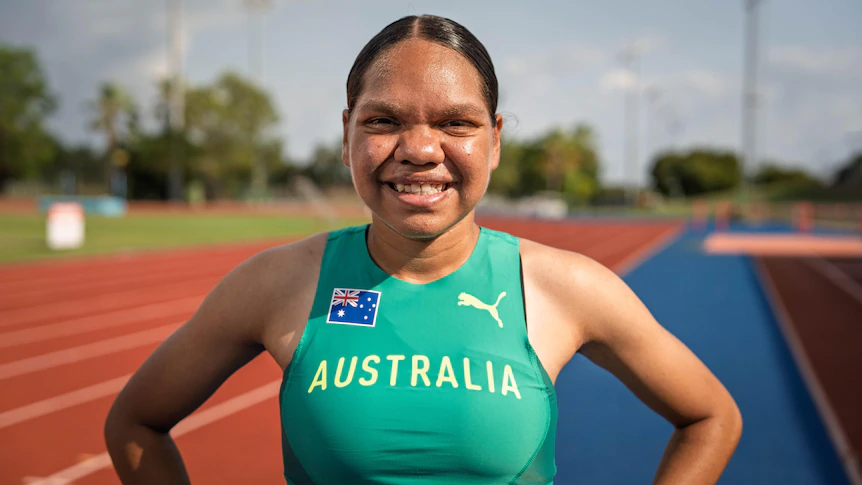Movement, Music, and Memory: A.I.M’s 20th-Anniversary Homecoming Centers Black and Queer Futures

A.I.M by Kyle Abraham’s annual Homecoming Gala doubled as a launch for the company’s 20th Anniversary season, a reverent look back that insisted on looking forward. For two decades, the company has created space for stories often marginalized in the dance world, centering Black culture and Queer experiences through movement that is at once technically rigorous and deeply human.
The night’s honorees—philanthropist Sarah Arison and writer-curator Antwaun Sargent—were celebrated as co-conspirators in the ecology that keeps experimental, community-rooted art alive.
As A.I.M by Kyle Abraham embarks on its 20th Anniversary season, the Homecoming Gala served as both reflection and rallying cry.The gala was hosted by Abraham alongside Executive Director Emily Waters, the A.I.M Board of Directors, and an impressive roster of Gala Co-Chairs that reads like a who’s who of the arts world.
The evening opened with cocktails drawing a cross-section of A.I.M’s world. The hum said homecoming in the truest sense—alumni, patrons, and believers returning to witness what their support has helped build. At the top of the next hour, the Rose Theater went dim and the thesis turned kinetic. A.I.M’s calling card has always been a rare braid of rigor and vulnerability—movement that reads as both sentence and sigh—and the company offered a syllabus of that grammar. The program mapped a twenty-year arc of Black and queer self-determination through dance, not as a brittle timeline but as a live wire, crackling with music, memory, and argument.
There was a collective inhale as Kyle Abraham—founder, Artistic Director, conjurer—took the stage for a solo that reminded us why his company carries his name. Abraham’s dancing is a study in contradictions: joints that seem to argue with gravity; hands that confess. The body writes what the artist’s note later affirmed: two decades in, A.I.M’s project is bigger than any single mover. “I’m humbled by the hardships and honored that the company is still on an upwards trajectory of something much larger and more impactful than I ever imagined,” he reflects.
“This live music program is meant to encapsulate AlM’s shared journey and love for collaborative artistic expression. The works on this evening’s program are made above all things from love, pride, and history.”
A heat-signature of the evening arrived with If We Were A Love Song. Singer-songwriter Baby Rose stepped into a suite of Nina Simone songs, her voice—smoky, deliberate—pouring into the choreography. A.I.M has always insisted that music isn’t accompaniment but dramaturgy, that Black sonic traditions can function as score and scripture. Here, Simone’s catalog scaffolded the dancers, letting longing, refusal, and sideways joy show up with a pulse.
New work sat against repertoire like living relatives: 2×4 (2025) sharing DNA with If We Were A Love Song (2021) and 2014’s The Gettin’. The latter—created during Abraham’s residency at New York Live Arts and inspired by Max Roach’s We Insist! Freedom Now Suite—remains devastatingly current. Roach once noted how “freedom itself was so hard to grasp,” and the piece leans into that difficulty: phrases that reach and retract, a physical grammar of wanting what the world withholds. In a year when the question of universal freedom still feels contested, The Gettin’ lands as both memorial and mirror, recalling the losses named in 2014 and 2020 and implicating the present tense.
Post-performance, the theater softened into a dining room. Chef Kwame Onwuachi—he of Tatiana and Dōgon, kitchens that animate a diaspora on the plate—curated a multi-course meal that extended A.I.M’s thesis into culinary form. Dishes folded West African, Caribbean, and American vernaculars into a choreography of flavors that know each other intimately.
The evening at Jazz at Lincoln Center wasn’t just a celebration of past achievements—it was an affirmation that A.I.M’s work remains essential, that the stories it tells need to be told, and that the next twenty years hold even more promise for this vital American dance company. Two decades of A.I.M is two decades of insisting that Black and queer lives are not footnotes to concert dance but its authors. The company’s movement language—restless, precise, elastic—has built a home for stories that were long told elsewhere, or not at all. The gala, with its calibrated glamour and its unguarded dancing, argued that community is not a soft word. It’s a verb, rehearsed in studios, staged in theaters, and funded—yes—at tables like these.
Abraham’s note, reflecting on The Gettin’ and the aftershocks of state violence, refused to let celebration slip into amnesia. That refusal is the through-line. Even the party had politics—not in slogans, but in the body’s right to be complex and visible and loud. If there was a moral, it was this: A.I.M’s endurance is not inevitable; it is earned, nightly, through the faith of audiences, the grit of dancers, the watchfulness of leaders, and the stubborn belief that art can both reckon and repair.



